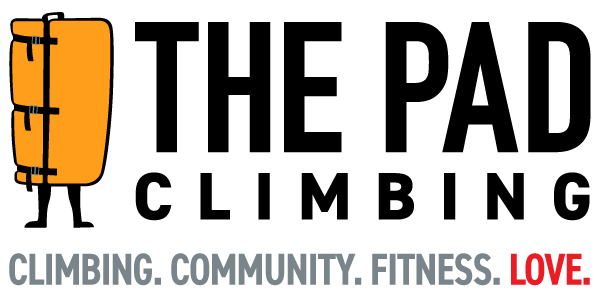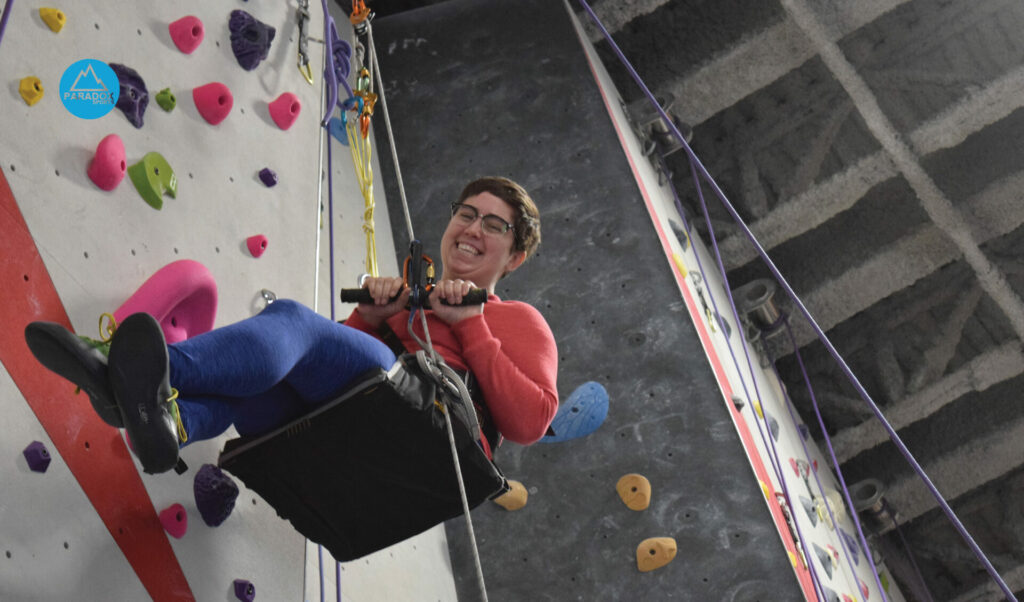Climbing is a sport that anyone, regardless of disability status, can enjoy. There are many ways to adapt the experience so that it fits your needs. This post will discuss some of the most common adaptations for climbing – from wheelchair ramps and adaptive equipment to sensory sensitivity!
Those on the autistic spectrum will find climbing to be a wonderful activity: it offers a stimulating and calming challenge. Sensory integration issues can be addressed by offering different types of stimulation throughout the climb: from climbing in noise-cancelling headphones to playing musical soundtracks while ascending, or even wearing gloves or socks with varying textures!
ADHD, ADD, or other learning disabilities? Not only is climbing a great cardio workout, but the mental challenges of assessing each move and climb with total focus may be helpful in addressing issues!
Individuals who experience paralysis – there’s climbing for you, too! Wheelchair ramps can be placed around the walls of most climbing gyms, enabling you to get to the top. Once there, adaptive equipment like a standing frame or harness will allow wheelchair users to rock climb without having their chair in the way! There are systems that allow climbing via pull-up that will have you to the top in no time.
Missing something? Professional Climber Tommy Caldwell doesn’t let a missing finger let him down. We have regulars in the gyms missing feet, legs, hands, and arms!
In general, people with nearly any disability can benefit from climbing – as long as they have access to adaptive equipment that fits their needs. Ready to give it a try? Give us a call? If you need equipment and we don’t have it – we’re happy to source it for you!



